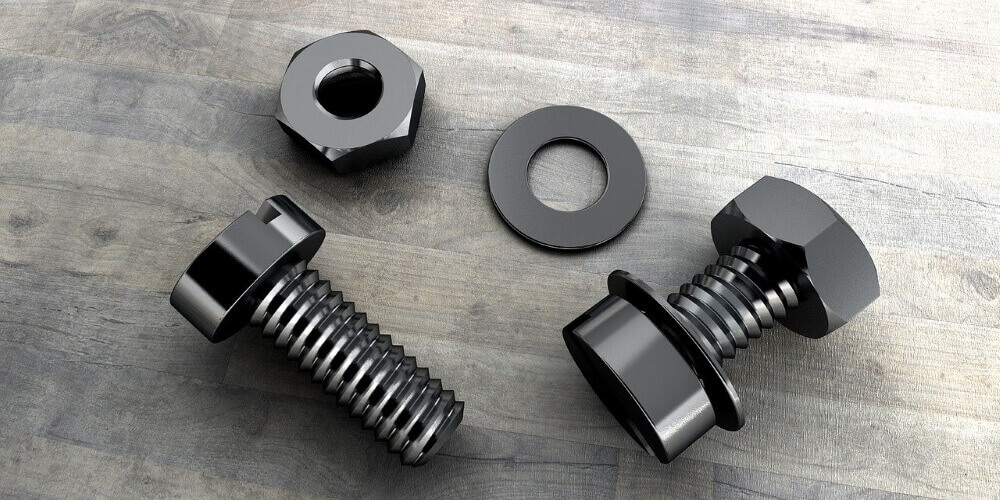Innovation is rapidly increasing, and its face is also changing. Industries such as CNC manufacturing and CNC programming are impacted. So, professionals in these sectors are doing everything to achieve their tasks efficiently.
Prototypes are extensively shrinking in size such that exotic materials are becoming common than ever before. For that reason, industries are investing in CNC machining services to produce top-notch products.
It is no wonder the leading product development companies are pushing the envelope into investing in CNC machining services to keep up with the innovations. Take a look at the four major developments that make it possible:
1. Faster Precise Cutting Tools
Prototypes are calling for hard-to-design materials such as superfine cuts for faster output. As a result, CNC machine services are investing in a variety of new cutting tools. Following the recent developments, an era of modern cutting tools has been developed to help drill harder materials and improve precision while increasing speed. These tools are such as diamond-surfaced bits and drills that use CNB.
2. Increased Efficiency
In the long run, a high-quality CNC machining service provider is focused on delivering top-notch prototypes at a relatively low cost. Today’s leading machining services are on the verge of achieving this by investing in leading technology, and workers, elements that deliver increased efficiency.
3. The Use of Software as a Sensor
Several advances in machining have been substantial, but smart software always needed more intelligent hardware. As such, effective implementation of adaptive control and probes are being installed on machining tools and workpieces.
The software adjusts feeds, motor, coupled with a drive to help correct and compensate for a variety of numeric conditions. The system reduces damage to machines by monitoring velocity and vibration acceleration.
4. Machine Monitoring and Connectivity
Just recently, big data and the Internet of Things reached the machining manufacturing sector. Companies have since been adding new control levels and data collection over machine processes. The objective, which is also referred to as smart factory includes better communication between these machines, humans, and algorithms.
Also, the rise in the use of big data in various companies and improved ability to assess and interpret data brings new insight into machining processes.
5. Identifying New Trends
Manufacturers can identify various trends in one machine performance and head straight to the cause analysis of the machining process. At the same time, new trends make it possible for manufacturers to understand customer needs.
Numerous brands and companies are currently developing different products to help support the industrial drive. One such company is the Heidenhain State Monitor, a software developer that offers various tools to help focus on a machine’s performance and its connectivity.
6. Prediction
The CNC programming of various machine tools will soon rely on CAM software in many ways. Because the programmers are relatively effective at applying the knowledge, their impact in machining will stick around for a long time. It looks like companies will end up doing well by investing in hardware and software tools to help maximize the productivity of programmers.
Final Thoughts
Technological advances driven by the new industry movement will force the development of CNC machining in industries. Programmers will seem smarter and largely connected to machines. These machines will also gradually on their own such that they will also require little interaction with human operators.




